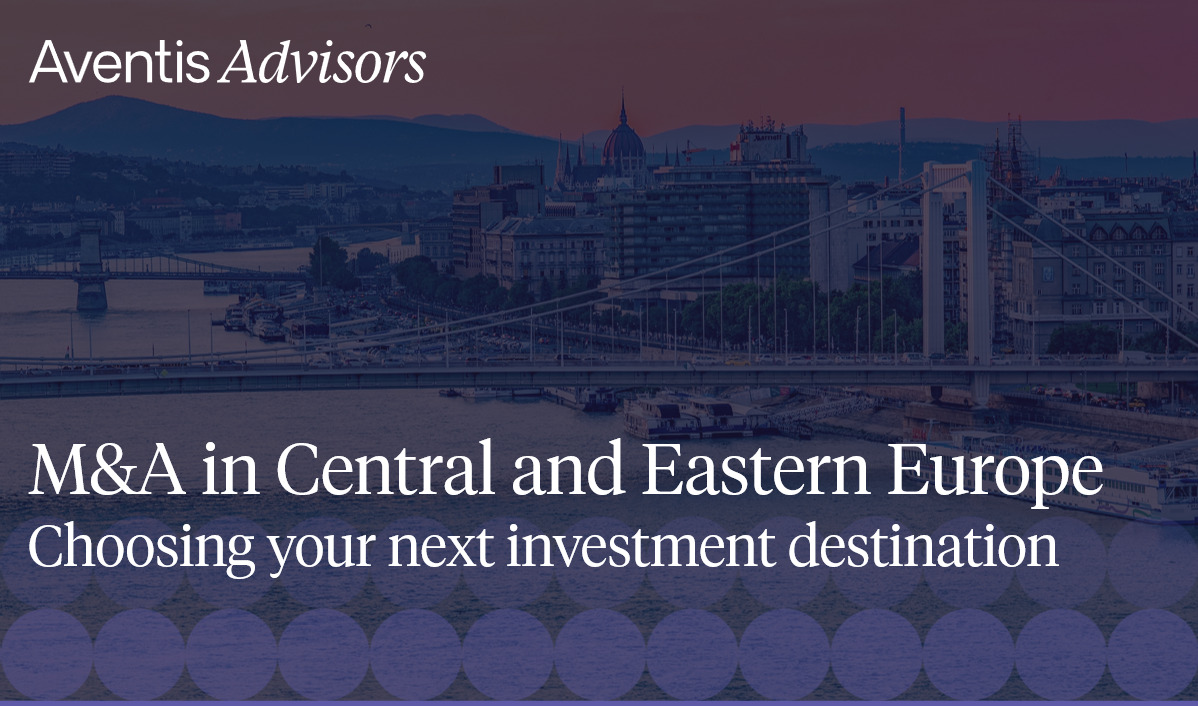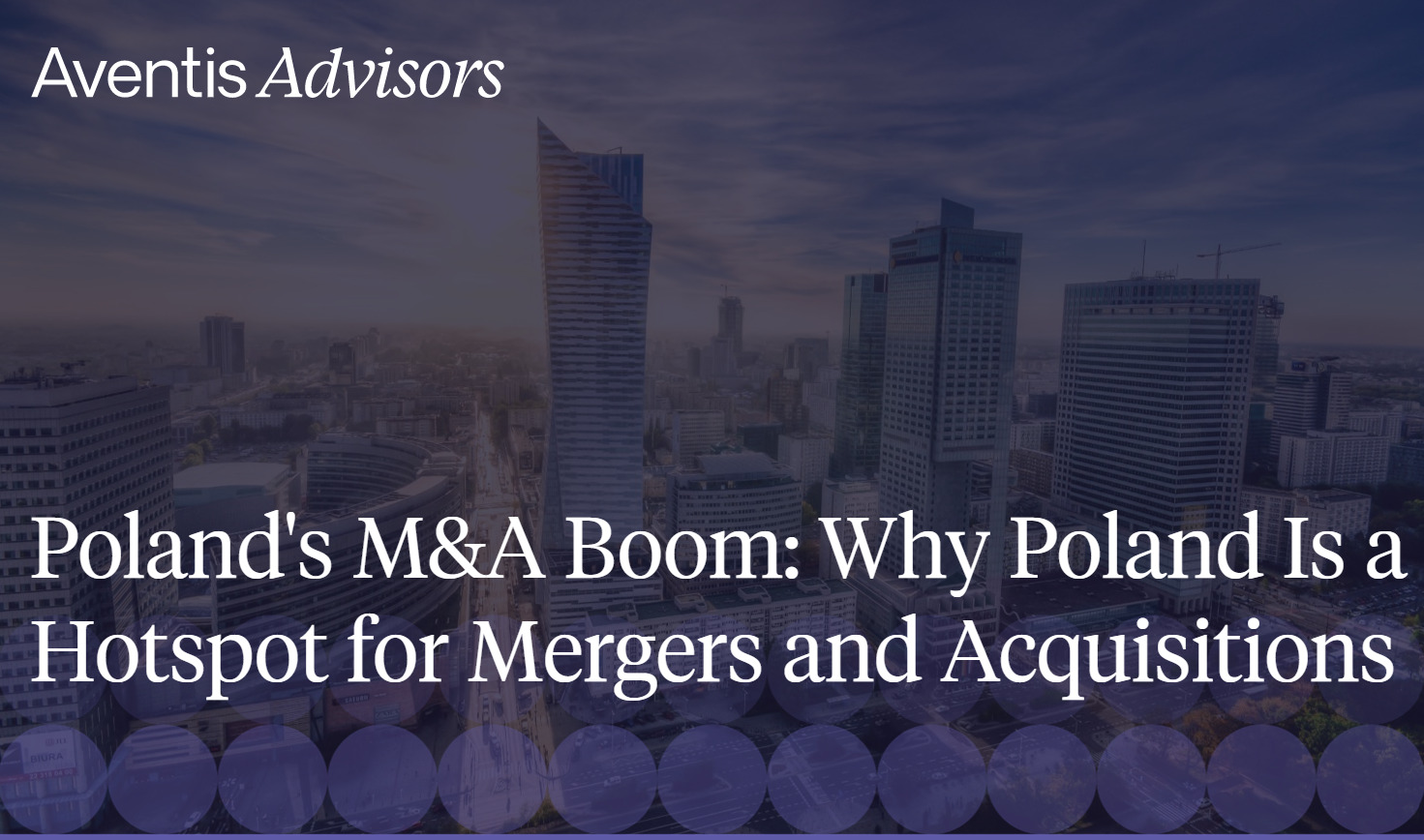The number of M&A transactions across Europe has surged over the past two decades, fueled by factors like low interest rates, a flood of private equity capital, and an urgent need for businesses to drive growth and acquire key technologies through acquisition.
This article analyzes key trends shaping European M&A from 2004 to 2024, examining deal flow, cross-border vs. domestic deals, strategic vs. financial acquisitions, top sectors, deal value, and valuation multiples.
Let’s dive in!
Table of Contents
II. Domestic vs. cross-border M&A
III. Strategic vs. financial acquisitions
IV. M&A activity across sectors
V. Deal value
European M&A Landscape
Total deal volumes
Despite periodic setbacks, M&A in Europe has grown steadily over the past 20 years at an 8.6% compounded annual growth rate. The 2008 global financial crisis and the 2020 pandemic temporarily slowed dealmaking, but activity rebounded quickly after each downturn. Notably, despite facing hurdles like geopolitical conflicts, rising interest rates, supply chain disruptions, and surging energy costs, total European deal flow peaked in 2024.
While not all European economies experienced the same level of M&A activity, the continent’s diversity drove regional flows and high aggregate growth. Denmark, Ireland and Spain have experienced double digit growth in M&A transactions in the last 10 years. In 2024, total deal volumes remain highest in major Western economies like the UK, Germany, and France.
However, Central and Eastern Europe is emerging as a significant player in the M&A landscape, with countries like Romania, Poland and Czechia seeing increased activity due to strong growth, outsourcing potential and investor interest in untapped markets. This trend indicates a shift towards a more balanced distribution of M&A activity across the continent.
Domestic vs. cross-border M&A
While domestic deals dominated European M&A, cross-border activity picked up over the second half of the analyzed period. Cross-border transactions accounted for 42% of total deal volume in 2024, up from 38% in 2004. Overall, cross-border deals averaged around 40% of total M&A transactions over the 20 years period.
The inclination towards cross-border M&A is fueled by an eagerness for geographic expansion and sectoral diversity amongst acquirers and investors. Their willingness to look across borders for value and build regional connections gives European dealmaking a competitive advantage.
Next, we analyzed the level of cross-border vs. domestic activity amongst the top 15 nations with the most recorded deals between 2003 and 2023. Generally, in nations with lower aggregate deal flow, the proportion of cross-border to total M&A rises, barring exceptions like Germany and Finland.
Large economies, like the UK and most Western European countries, witness higher overall deal volumes due to numerous domestic acquisitive companies, resulting in more domestic M&A. On the other hand, smaller countries, limited in domestic deal potential, rely heavily on attracting foreign acquirers.
Our analysis extends to the origin of the most active foreign acquirers in Europe and the sectors attracting them. While most cross-border deals involve European buyers, the US is the largest foreign buyer by aggregate deal count, accounting for approximately 24% of all cross-border transactions in Europe between 2004 and 2024.
North American acquirers, in particular, are poised to drive further cross-border expansion in Europe, spurred by shared language, business practices, and entrepreneurial DNA. While regional partnerships will continue within Europe, openness to diverse foreign buyers is critical to maximizing deal potential on the global stage.
In sector terms, services, software, consumer goods, industrials, and healthcare draw the most foreign interest. With European nations emerging as tech hubs, software, and related sectors will likely remain top targets.
Strategic vs. financial acquisitions
During the first half of the analysis period, strategic buyers dominated acquisitions, surpassing financial buyers which included private equity and venture capital firms. Factors contributing to this trend include less developed markets, a limited number of startups and companies with operational models suitable for PE investments, and the relatively lower appeal and familiarity of alternative investments.
In the second half of the analyzed period, however, particularly in recent years, PE/VC activity in Europe increased significantly and accounted for more than 35% of total deals since 2020. Given the growing popularity of roll-up strategies, where a strategic investor backed by a PE fund performs acquisitions, we believe the financial investors will account for even larger share in the future.
This transformation can be attributed to various developments, including advancements in financial markets, growth of the technology sector, and financial investors accumulating substantial amounts of dry powder.
Additionally, the prolonged period of low-interest rates played a crucial role. Low-interest rates made borrowing cheaper, allowing financial buyers to leverage acquisitions more effectively and pursue larger deals. The abundant availability of capital combined with the search for higher returns in a low-yield environment further fueled the rise of financial buyers in the European M&A landscape.
Moving forward, our analysis shifted to a country-level examination to identify markets exhibiting the highest percentage of financial buyers.
In all largest M&A markets in Europe the financials buyers accounted for around 25-30% of all transactions, with a notable exception of France, where financial investors were the buyers in around 40% of M&A transactions.
M&A activity across sectors
When examining sector diversification, we uncovered a robust and balanced mix, with no single sector accounting for more than 13% of the total deal flows. Notably, services, software, consumer, industrial, along with the medical, emerged as frontrunners that collectively represented around half of all European M&A deals throughout the period.
Additionally, we observed strong activity within the financial and construction sectors. The energy sector also experienced a boost in recent years, propelled by an ongoing transition towards renewable energy across European countries.
A deeper analysis of broader technology M&A showcased the software sector as a clear winner in deal volumes. Deal volumes soared from 148 in 2004 to a staggering 3,414 by the end of 2024, surpassing the previous peak in 2022. The compounded annual growth rate over the period was an impressive 18%.
Deal value
The median deal value across Europe experienced a significant transformation over the last 20 years. Following the 2008 global financial crisis, the median deal value gradually declined yearly, with a few exceptions. In 2020, the pandemic halted M&A activity in the first half of the year, dropping the median deal value to a mere EUR 10.0 million.
Just a year later, however, it skyrocketed by more than double to EUR 21.8 million, as dealmaking activity thrived across most sectors under the favorable risk-on environment. Despite challenging macroeconomic conditions in 2022, including central banks adopting a more cautious approach to curb inflation, the median deal value continued its ascent, but dropped to 16.9 million in 2023, as the European economies struggled with growth and valuations declined. In 2024, the median deal value rose to EUR 20.0 million, driven by improved market sentiment, pent-up demand, and favorable factors such as economic recovery, robust corporate balance sheets, and strong activity in sectors like technology and healthcare.
Valuation multiples
Over the decades, both revenue and EBITDA multiples exhibited substantial growth. However, the trajectory wasn’t consistently upward, particularly for the EBITDA multiple, which experienced considerable fluctuations throughout the 20 years, with the most significant drop experienced in 2023.
After a steady rise between 2003 and 2007, the EBITDA multiple plummeted by 3.5x in 2009 as the Global Financial Crisis unfolded. Following that, the median EBITDA multiple in Europe was characterized by a slow-paced rise with occasional setbacks. The last two years witnessed another noteworthy surge due to fiscal and monetary stimulus, driving investor optimism and valuation to unprecedented levels.
Similarly, the median revenue multiple followed a similar pattern, albeit with fewer pronounced fluctuations. Most notably, the revenue multiple’s decline during the 2008 financial crisis was significantly milder than the EBITDA multiple. There was also a substantial increase in value during the 2021 upswing. Unlike the EBITDA multiple, however, which sustained growth throughout 2022, the revenue multiple experienced a slight decline over the same period.
In 2023, revenue and EBITDA multiples experienced significant compression of 0.5x and 3.4x, respectively – the largest annual decline recorded between 2004 and 2023. This drop was attributed to factors such as the war in Ukraine, recessions in several European countries, and record-high interest rates. However, in 2024, both revenue and EBITDA multiples rebounded, improving by 0.4x and 1.1x, respectively, driven by a stabilizing macroeconomic environment, easing inflationary pressures, and renewed investor confidence.
In a previous blog post focusing on Central and Eastern Europe (CEE), an in-depth analysis of median valuation multiples across various regions of Europe revealed a growing “CEE Discount” in these multiples compared to the broader European market.
Factors contributing to this discount include smaller deal sizes, less intense buyer competition, and greater market fragmentation. Additionally, elevated political and economic risks in certain CEE countries also contributed to this discount. Finally, it’s worth noting that higher risk-free rates in several CEE nations have resulted in lower valuations due to the discounting of future cash flows.
M&A in Central and Eastern Europe
Why should your partner with an European M&A advisor?
The growing number of deals has raised the demand for European M&A advisors. By partnering with a European M&A advisor, you can gain valuable insights into the burgeoning countries, industries, and companies that align with your business goals. European M&A advisors’ expertise is particularly beneficial in cross-border transactions, helping foreign parties understand market dynamics, legal and regulatory frameworks, and language and cultural barriers.
European M&A advisors are well-versed in navigating market dynamics, understanding valuations, and coordinating all necessary workstreams. Partnering with an M&A advisor who has extensive expertise assisting international buyers with the unique complexities of investing in Europe, particularly in Central and Eastern Europe is key. With a wide network and access to data, European M&A advisors can provide valuable insights and support in selecting and closing the right deal for you.
About Aventis Advisors
Aventis Advisors is an M&A advisor for IT services and software companies in Europe. We believe the world would be better off with fewer (but better quality) M&A deals done at the right moment for a company and its owners. Our goal is to provide honest, insight-driven advice, clearly laying out all the options for our clients – including the one to keep the status quo.
Get in touch with us to discuss how much your business could be worth and how the process looks.




